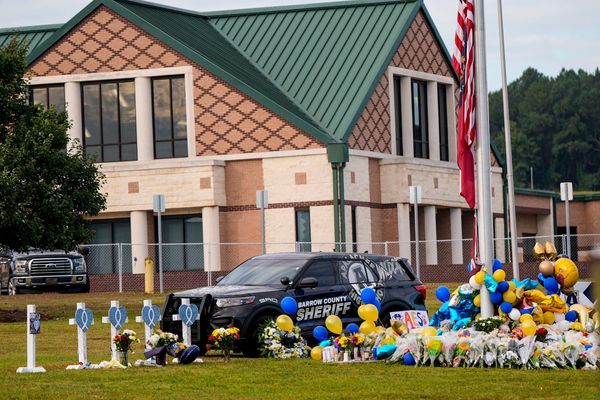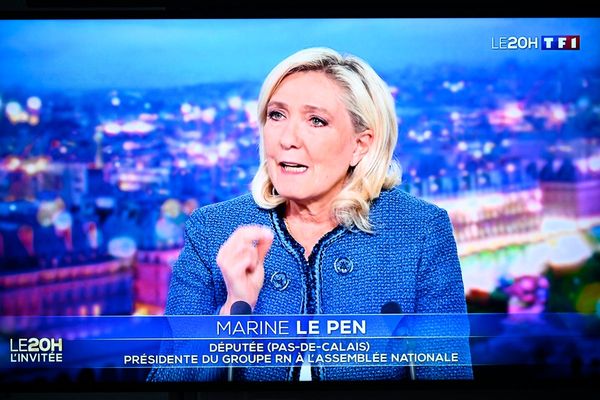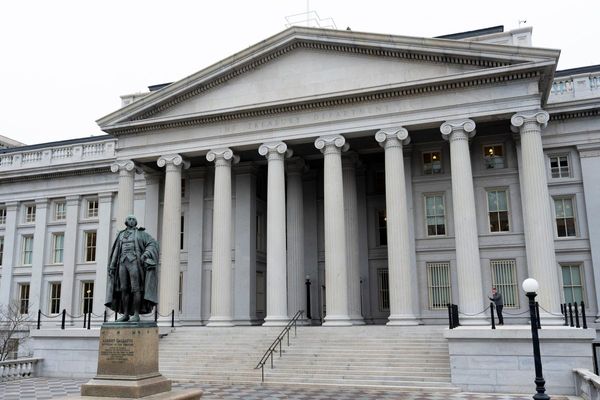
One of the officials who confirmed the intelligence sharing described it as a credible threat of an attack “soon or within 48 hours." according to a report on AP.
This comes as Iran has been witnessing severe unrest by protesters when a woman died under the custody of moral police. The protest that targeted state-mandated hijab, or headscarf, for women but quickly grew into calls for the downfall of Iran’s theocracy itself. At least 270 people have been killed and 14,000 have been arrested in the protests that have swept over 125 Iranian cities, according to the group Human Rights Activists in Iran.
At such a time, the US authorities have also stated that Iranian troops are “directly engaged on the ground" in Crimea supporting Russian drone attacks on Ukraine's power stations and other key infrastructure, claiming it has troubling evidence of Tehran's deepening role assisting Russia as it exacts suffering on Ukrainian civilians just as the cold weather sets in.
The Supreme Leader in Iran has blamed US for fueling protests in the country. Iran authorities have since 24 October started hearing cases of Anti-government protesters, wherein, at least 900 of them have been charged with “corruption on earth" — a term often used to describe attempts to overthrow the Iranian government that carries the death penalty.
After the intelligence shared by US officials with the Joe Biden government, the US has been put on high alert. The Biden administration has been criticising Tehran for for its crackdown on widespread protests and condemning it for sending hundreds of drones — as well as technical support — to Russia for use in its war in Ukraine.
“We are concerned about the threat picture, and we remain in constant contact through military and intelligence channels with the Saudis," the National Security Council said in a statement. “We will not hesitate to act in the defense of our interests and partners in the region."
Saudi Arabia did not immediately respond to requests for comment. Nor did Iran's mission to the United Nations.
One of the officials who confirmed the intelligence sharing described it as a credible threat of an attack “soon or within 48 hours." No US embassy or consulate in the region has issued alerts or guidance to Americans in Saudi Arabia or elsewhere in the Middle East based on the intelligence.
Asked about reports of the intelligence shared by the Saudis, Brig. Gen. Pat Ryder, the Pentagon press secretary, said U.S. military officials “are concerned about the threat situation in the region."
"We’re in regular contact with our Saudi partners, in terms of what information they may have to provide on that front," Ryder said. “But what we’ve said before, and I’ll repeat it, is that we will reserve the right to protect and defend ourselves no matter where our forces are serving, whether in Iraq or elsewhere."
The Wall Street Journal first reported on the Saudis sharing the intelligence earlier on Tuesday. Iran has alleged without providing evidence that Saudi Arabia and other rivals are fomenting the dissent on its streets by ordinary Iranians.
US-Saudi-Arabia-Iran: Background
The U.S. and Saudis blamed Iran in 2019 of being behind a major attack in eastern Saudi Arabia, which halved the oil-rich kingdom’s production and caused energy prices to spike. The Iranians denied they were behind the attack, but the same triangle-shaped, bomb-carrying drones used in that attack are now being deployed by Russian forces in their war on Ukraine.
The Saudis have also been hit repeatedly in recent years by drones, missiles and mortars launched by the Iran-backed Houthi rebels in Yemen. Saudi Arabia formed a coalition to battle the Houthis in 2015 and has been internationally criticized for its airstrikes in the war, which have killed scores of civilians.
In recent weeks, the Biden administration has imposed sanctions on Iranian officials for the brutal crackdown on demonstrators after the death of 22-year-old Mahsa Amini in September after her arrest by Iran's morality police. The administration has also hit Iran with sanctions for supplying drones to Russia for use in its war in Ukraine.
Even as the U.S. and others raise concerns about possible Iranian action, the administration has not ruled out the possibility of reviving the 2015 Iran nuclear deal, which was brokered by the Obama administration and scrapped in 2018 by the Trump administration.
(With inputs from AP)







